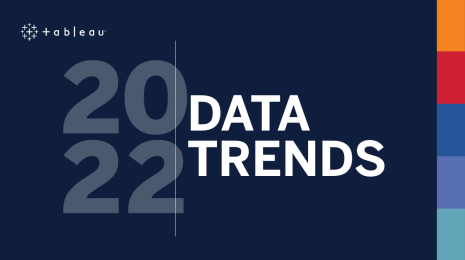7 tips for teaching Tableau

Anyone can learn Tableau, but that means there are more people than ever who want or need to improve their Tableau skills. Whether training is an official part of your role or you just want to help your peers improve, here are some tips I’ve learned during my time onboarding over a thousand new Tableau employees.
Teach concepts not features
Focus on conveying the overall concepts of Tableau rather than getting lost in the minutia. For example, I prioritize showing how Tableau Desktop handles row-level vs aggregate calculations over the syntax and functions of the calculation editor. There are several reasons for this. First, Tableau has a great knowledge base for specific questions like “what are the different logic functions in Tableau and how do use them?” But more importantly, you only have a limited time as a teacher to impart your knowledge: use that time to give them the understanding needed to formulate the specific questions, rather than spending that time explaining individual features.
Use concrete examples
Everyone learns better if they understand why a concept is important.
Level of detail expressions, for example, can seem complicated or arcane if taught in a vacuum. But if you introduce them as a way to solve a specific and relatable problem, they fit more obviously into the Tableau Platform. Tailor your use cases to your audience: cohort analysis might make LoDs click for one group, while targets vs actuals might work for another. Tableau has plenty of examples for you to draw on.
Build fundamental knowledge first
Resist the temptation to rush through the basics of tableau so you can get to the cool stuff: I would rather students leave my classroom feeling comfortable with sorting, filtering, and aggregation than having a general sense of level of detail expressions, table calculations, and spatial analysis. Not only will a more complete understanding of aggregation make learning the more complex facets of Tableau easier, but it will also allow them to perform meaningful analysis and build useful visualizations right away!
Speak with precision
Someone familiar with Tableau could use context to understand the phrase “Show me sales by continuous month.” But a new user might be confused by any number of those words. Do they want me to use Show Me? How do I make a month continuous? To avoid this confusion, be precise and clear with your Tableau vocabulary. Never use discrete when you mean dimension, never use continuous month when you mean a DateTrunc month. This might seem small, but your choice of words can help a new user learn that, for example, continuous vs. discrete is different than Measure vs. Dimension.
Integrate data literacy
Use Tableau Prep and Tableau Desktop to help your students learn the critical skills of data literacy. Because Tableau is intuitive and visual, it can make concrete otherwise abstract concepts, such as data granularity, join schemas, aggregation, and normalization. Talk early and often about the underlying data powering the visualizations you create, and stress how small changes in data structure or granularity can produce huge changes in how you need to think about analysis in Tableau. Don’t be afraid to jump between Prep and Desktop if you want to get deeper into the data of a particular viz or want to make changes to data structure visually apparent!
Slow down
Tableau makes it easy to quickly and efficiently go from thought to action to insight, but that speed is your enemy while teaching. Just because dragging and dropping and writing calculations and adding table calculations have become second nature to YOU doesn’t mean your audience can follow. Speak more slowly while teaching than you would in conversation, and move your cursor at half speed. Pause between a movement and an action, such as right-clicking or dropping a pill. This is particularly important if your audience contains English language learners or totally inexperienced Tableau users.
Make it fun
Bring energy, verve, and genuine excitement to your training. Don’t just lecture: engage your audience with questions and anecdotes. Write half of a calculation and let class finish the rest for you, or make them work in groups to solve a tough problem, or give them a dashboarding project to work on between classes. Draw on that feeling you had when you were learning Tableau and suddenly just got it.
Storie correlate
Subscribe to our blog
Ricevi via e-mail gli aggiornamenti di Tableau.









